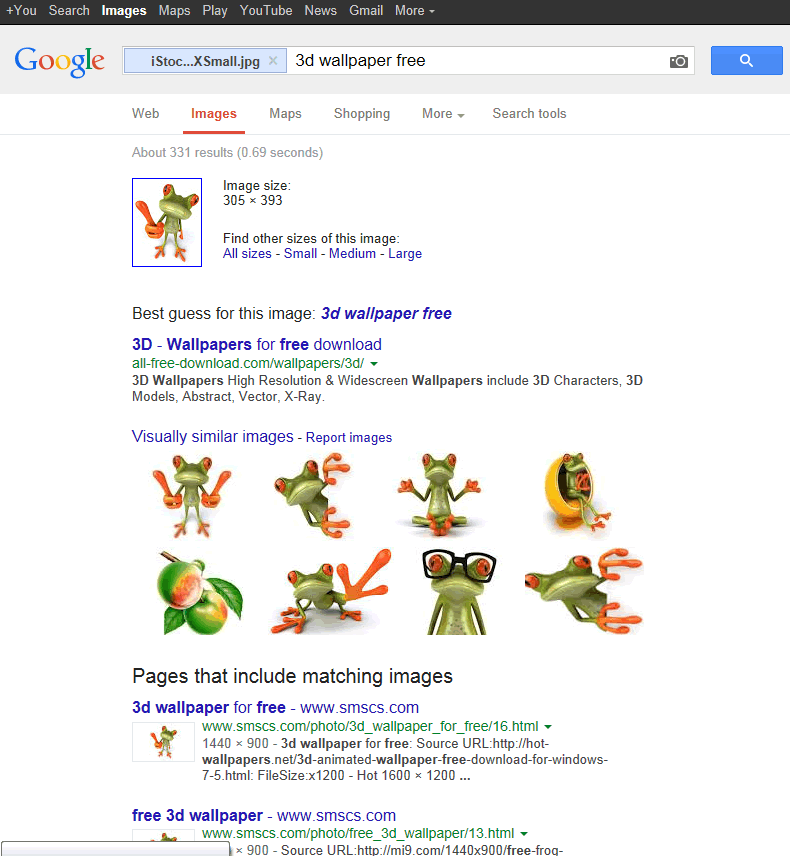
We all know that Google’s image search is free and that it’s very easy to copy those images onto your local drive – but can you use those images?
Yes you can!
Now I know some of you may be surprised by that answer especially if I’ve sat in front of you and got all anal about copyright law, but in certain circumstances you can use images that do not belong to you.
Can I point out at this stage that I am not legally qualified and only offer this information based on my own knowledge/research but what i do know is that if you’re not the originator of an image, or have written usage agreement in place, you do not have permission to commercially use the image.
So what are the exceptions?
Under 1988 Copyright Designs and Patents Act (UK). The originators work is protected by UK law, in other words and in general you cannot…copy, adapt, distribute, communicate to the public by electronic transmission (including by broadcasting and in an on demand service), rent or lend copies to the public or any other 3rd party within England and the UK without prior written permission of the originator.
But how come Google (and other search engines) can display any image it caches (finds) on web pages?
This is where it goes a tad grey because also under the act there is provision for fair use, also known as; fair dealing, or fair practice you can use copyright material for say News or Education (like the images below). You may also take a photo and accidentally capture another company logo (ie a high street photo showing the M and S logo), this is apparently OK and called ‘incidental inclusion’.
We think Google uses the ‘transient’ nature of it’s image results and the fact that images are of low quality, un-edited and directly linked to the donor web page to escape any legal issues. Having said that there have been test cases against Google and who’s to say that one day someone will successfully sue Google for breaches of copyright – Intellectual Property law is a slippery animal (and very expensive to litigate through).
Points to keep in mind.
The actual specifics of what is acceptable are governed by the 1988 Copyright Designs and Patents Act (UK) and relevant test cases. Cases dealing with ‘fair use’ can be complexed as decisions are based on individual circumstances and judgments. If you’re not sure – ASK!
- Do I have permission to use the images within my publications?
There’s no room for error on this one, it’s either – YES, 100% or NOT SURE, best I start checking. - You can probably account for your own investigation/commissions/purchases but what about the 3rd parties involved?
- Did the employee who supplied that image of a ‘whatever’ take the photo themselves?
- Did the CD supplied full of images come from an authorised issuing department/person?
- Have I got documentation in place to prove I have permission to use the photographers pix if challenged?
- Did my website designer use licensed images for my website/brochure?
Just a few questions to ask yourself and before you all start calling me, yes – I can track every image ever used on any website either by email, purchase agreement, original file ownership.
What will happen if I’m caught using a ‘stolen’ image?
You’ll probably get a letter demanding compensation depending on where it was discovered and how it’s been used. Starting prices are usually from about £1,000. You might get away with an offer, you could ignore the demand but a word of warning. A Copyright Lawyer will rip you to pieces in court and you will have to pay for their time, court time and compensation if you lose – could be £10,000 plus! (and for just 1 little image).
My advice is check your images (and any other text/media that is not yours), make sure they are all legally yours to use, remove any image that doesn’t have provenance immediately, keep a note of any future image use and where they came from.
But apart from a chance find, how can they find a stolen image?
There are several search devices that pro’s use to find stolen imagery. But you can actually use Google itself…
Go to Google’s Image Search page and click on the camera icon in the search field
Then either paste the web address of the image, ie the sample image above is “www.oasthousemedia.co.uk/images/google-image-search.gif” or browse for an image on your local PC that’s used on the web – click the search button.
In conclusion – be very careful with images and any other information you use on any publication
“ignorantia legis neminem excusat”



 Previous Post
Previous Post Next Post
Next Post